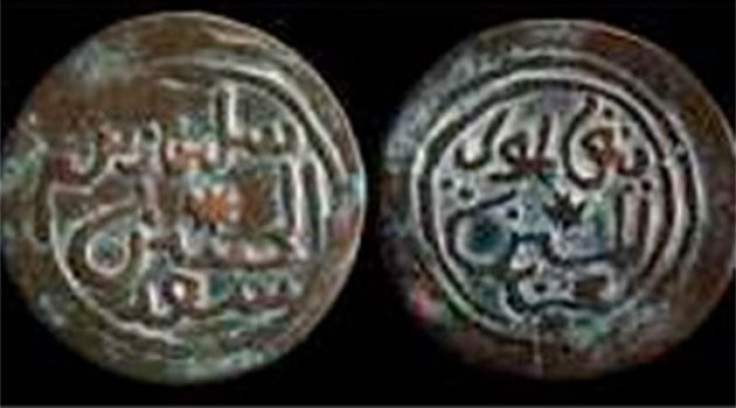Did Africans Discover Australia? History could Be Rewritten After Tests on Ancient Coins

The history of Australia is likely to need redrafting after tests on five coins found on a remote island north of the continent in 1944 showed they came from Africa 1,000 years ago.
Archaeologists will now return to the site of the discovery to conduct further explorations after forensic tests on the coins dated them to approximately the year 900.
The written history of Australia dates back only as far as 1606, when Dutch explorers landed in the region, raising questions for archaeologists as to how the coins came to transported across the Indian Ocean.
The precise location of the find, on Australia's uninhabited Wessel Islands, was marked with an "X" by Maurie Isenberg, an Australian soldier who found the coins in the sand during his time was stationed there during the second world war.
Ian McIntosh, professor of anthropology at Indiana University, will travel to the islands with a team from Indiana University in July.
"Multiple theses have been put forward by noted scholars, and the major goal is to piece together more of the puzzle. Is a shipwreck involved? Are there more coins? All options are on the table, but only the proposed expedition can help us answer some of these perplexing questions."
The discovery supports claims that Dutch explorers discovered the island before Captain James Cook in 1770.
The islands lie on an ancient trading route that McIntosh believes linked East Africa, Arabia and India over 1,000 years ago.
McIntosh believes the findings show that other civilisations traded with indiginous tribes in Australia six centuries before the Europeans. Alternatively, it may be that the coins were washed ashore following a shipwreck.
Four of the nine coins discovered belonged to the Dutch East India Company. The five remaining coins date back from the 900s to the 1300s and come from Kilwa Sultanate, a ruin lying to the south of Zanzibar in Tanzania, at what is today designated as a World Heritage Site.
The copper coins are believed to be among the first ever produced in sub-Saharan Africa, and have only been found outside Africa twice - once in Oman at the start of the last century, and again by Isenberg in 1944. They are thought to originated in the sultanate of Kilwa, a trading hub that had important links to India between the 13th and 16th centuries.
Australia was inhabited by indigenous tribes for at least 4,0000 years until its discovery by Dutch explorers in 1606. Briton claimed the eastern half of the continent in 1770 and began a policy of colonial settlement by penal transportation from 1788.
© Copyright IBTimes 2024. All rights reserved.





